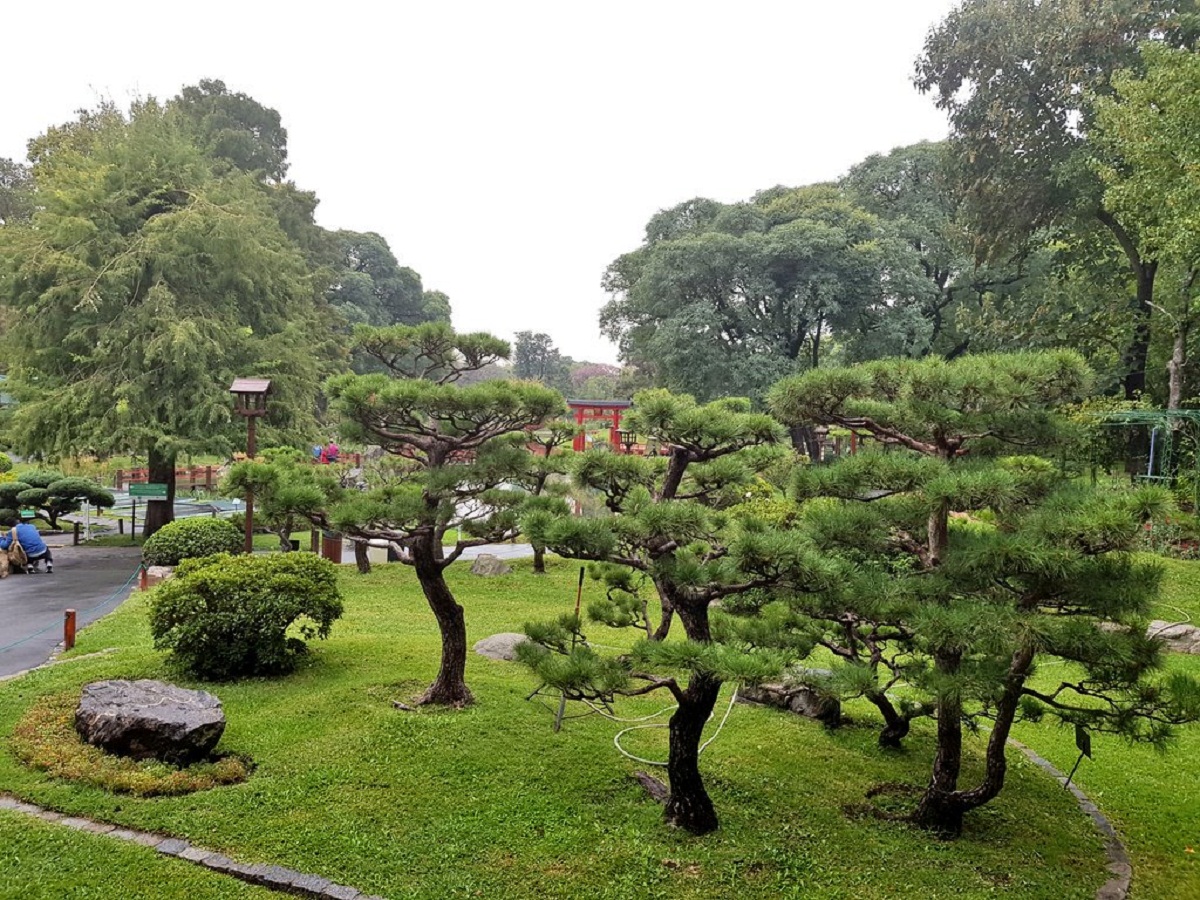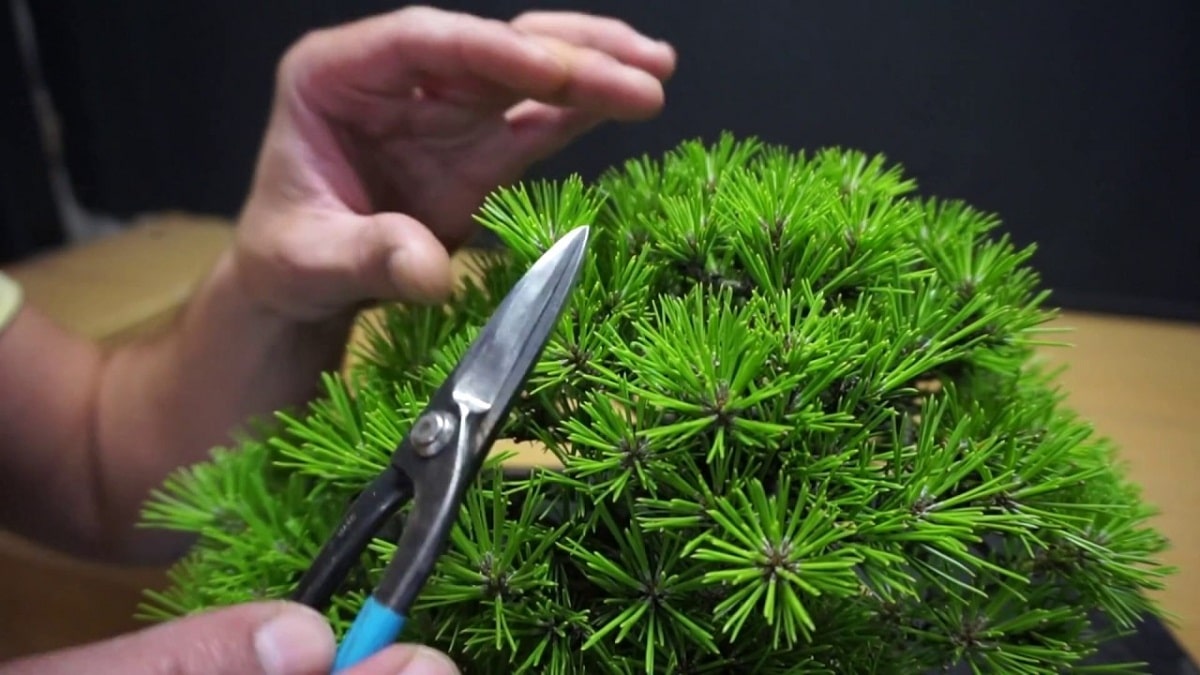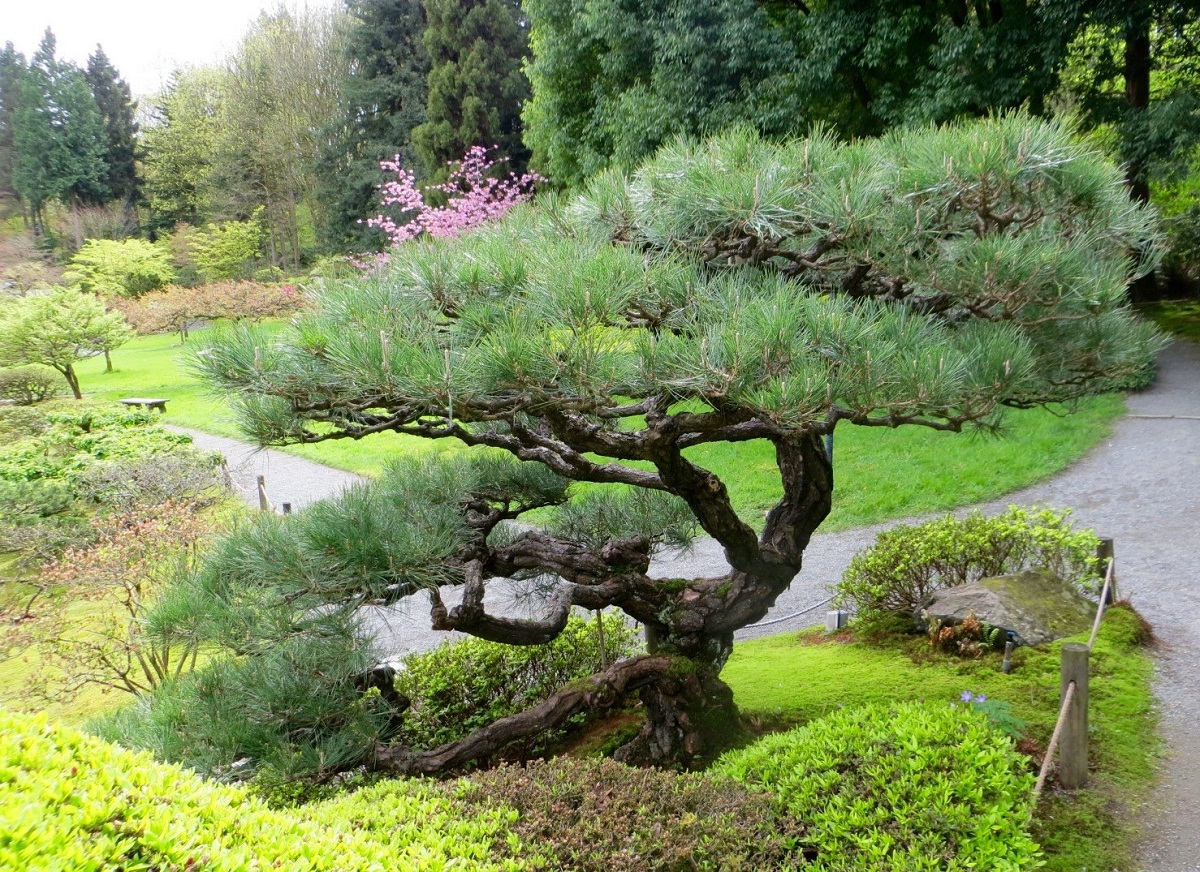
El Scientific name of Japanese black pine is Pinus thunbergii, belongs to the Pinaceae family, whose leaves are evergreen, grouped and not squamiform. Its origin is Japanese and it is rightly classified as the king of the conifers when it comes to bonsai.
Among the features that make him so attractive and colorful are the needles whose tone is a very bright green stand out, the rough texture of the bark and the shape that the trunk acquires is very typical of bonsai trees but it is not the only thing that distinguishes the Japanese black pine.
Features

Japanese black pine is widely used by bonsai enthusiasts due to its unmistakable bark of black and silver tones that forms cracked on the entire surface, to which is added the possibility of minimizing the size of the leaf with the application of pinching plus the indicated crops.
Needles can be observed that measure between 7 and 12 cm in length, which are grouped in pairs by means of a white sheath which is located at the base also ends in a point towards the end.
These are plants that require attention and care to achieve those wonderful effects that make them so attractive, these are some of them:
Where to locate a Japanese black pine
Its place is outdoors with abundant sunlight since it needs it for its proper development and this also, helps leaves shrinkIt is very resistant to heat, however the humidity is favorable.
Also has the ability to survive winter conditions very aggressive, even temperatures below zero.
When to water a Pinus thunbergii
You can be guided by the moisture status of the surface substrate. When it's dry it is time to water the plant, this normally occurs between two waterings. Be careful not to generate puddles in the ground as this damages the pine, so it is important that it has good drainage and also not apply water when it is still very wet.
Multiplication
There are two ways to multiply this plant, one is with seeds which require a process of cold stratification of at least 60 days and soak for 24 hours just before planting. The other is through bud grafting.
Is it necessary to fertilize the land?
If it is necessary to add nutrients to the substrate but this should be done mainly in spring and autumn, in the latter case because it is when the tree collects energy for the next shoots. This must be very rich in nitrogen for it to have the expected effect.
In summer and winter seasons it does not require further application of fertilizer. The most recommended fertilizers are those organic and slow release which are applied around the surface of the soil. This must be done at least twice in the year and additionally you can supplement with a little potassium placed on the substrate, after finishing the growth phase of the tree.

For an optimal development of the plant and its maintenance, a substrate that is 50% akadama and 50% kiryuzuna is recommended, since they have the ability to carry a good amount of iron to the plant, which in this species is necessary for others. . Failing that, a preparation of gravel or river sand plus earthworm humus are perfect.
Spring is the time to shorten shoots, that is, the clamping is done with the metsumi avoiding that new needles develop, so in summer it only remains to choose the least strong and eliminating the most abundant or strongest.
This process favors a second sprout prior to winter. The number of buds that are usually left are two, always looking for their horizontality. The time to cut the thickest branches is when the stopping of the sap flow becomes evident.
It has to be said that Japanese black pine wood is quite easy to mold. In any case, the wiring process can be carried out at any time of the year, however, when it is done in spring, extreme care must be taken to avoid marks that affect the tree.